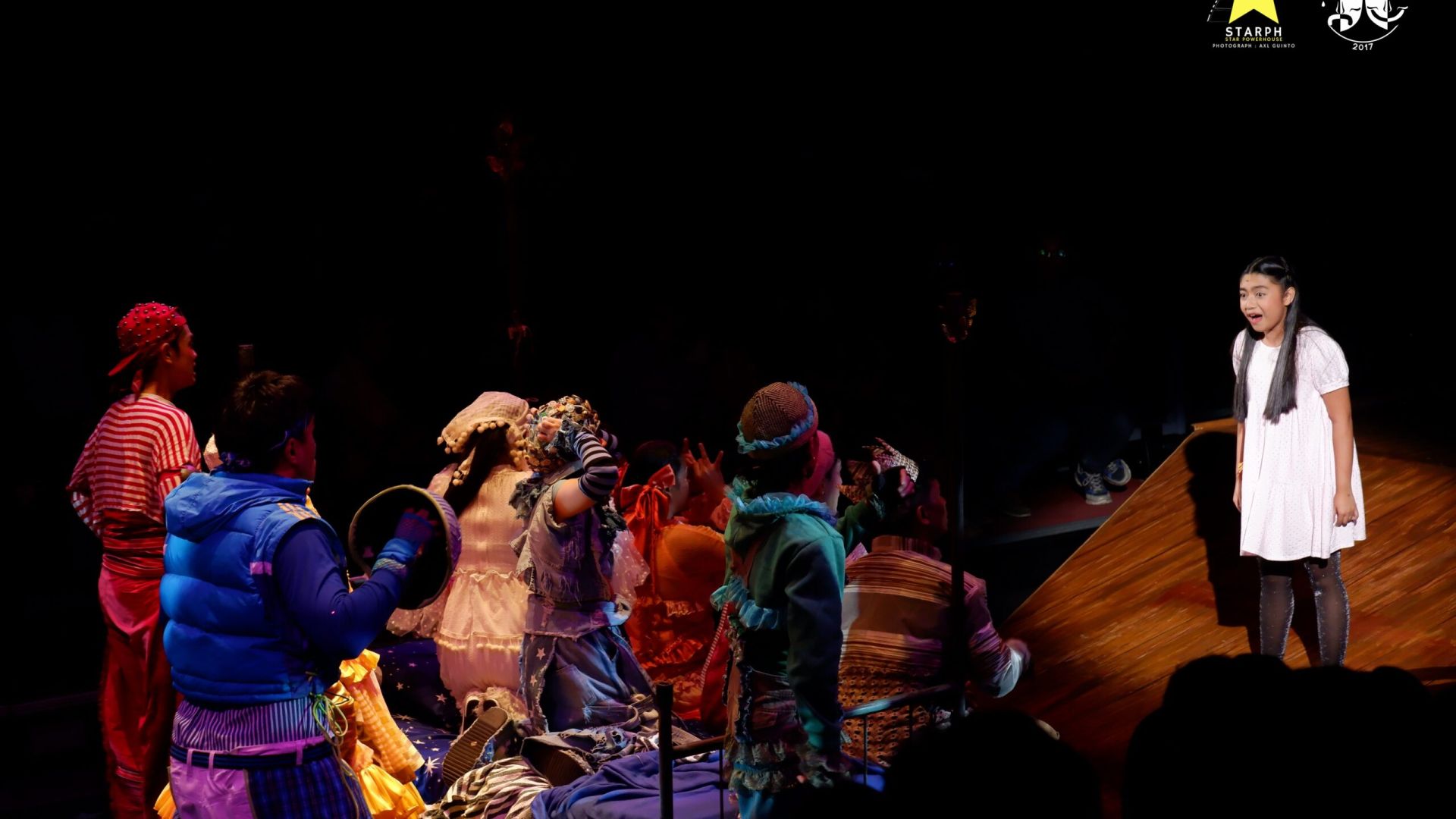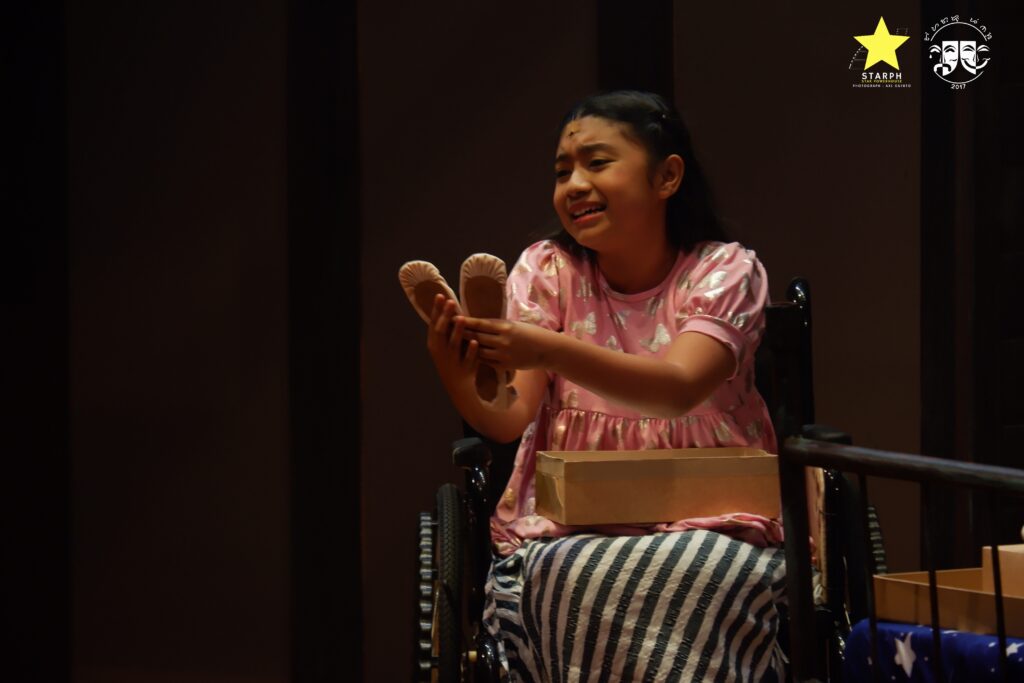
Cultural Center of the Philippines (CCP) and their resident drama company, Tanghalang Pilipino (Foundation) presents Sandosenang Sapatos (A Dozen Shoes), a musical theater adaptation of the children’s literature of the same title authored by award-winning Filipino author and medical doctor Dr. Luis P. Gatmaitan. Gatmaitan is known for writing 30 story books for children tackling issues with diseases and disabilities; and later inducted into the Palanca Hall of Fame in 2005. His work, Sandosenang Sapatos (A Dozen Shoes) won the 2005 Outstanding Book for Young People with Disabilities by the International Board on Books for Young People (IBBY) catalogue for the Bologna International Children’s Book Fair 2005. Sandosenang Sapatos tells the story of a family with a daughter born with a disability and the love of a father who makes shoes. The show is staged at the new Blackbox theater, Tanghalang Ignacio Jimenez, in Pasay City.
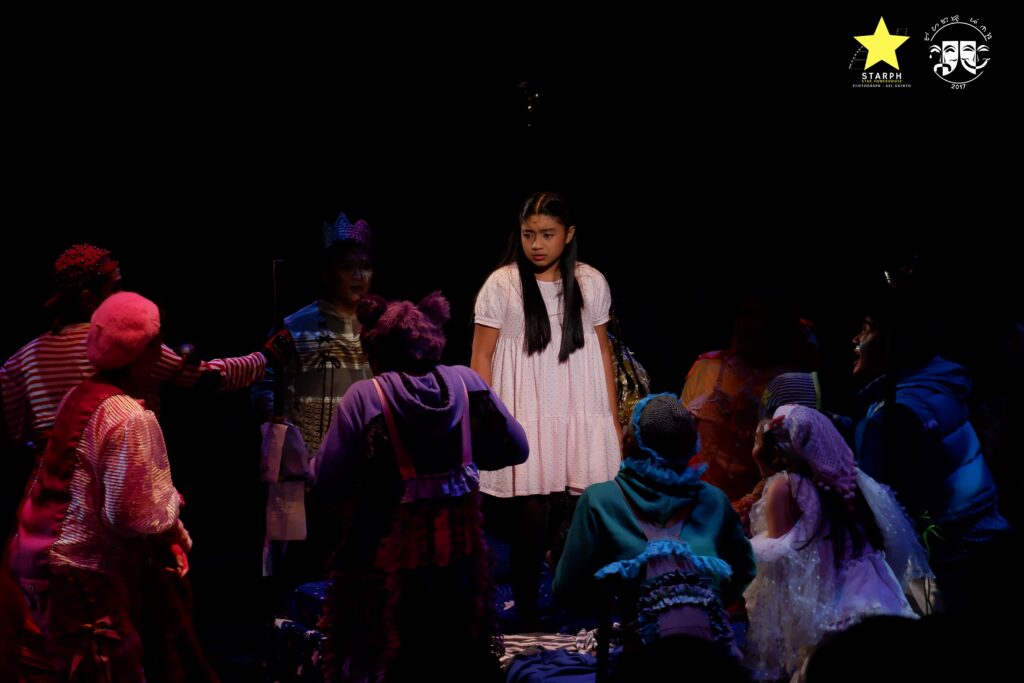
The theater adaptation of the book was mainly focused on the daughter on bed and the dozen pairs of shoes represented in animated characters with colorful costumes. The show was successful with the intention to draw sentiment of the daughter with disability. The role of the daughter as the lead character looked challenging with long song renditions, but the young actress pulled it off until the end. One of the best parts was the scene where the daughter and her animated shoes celebrated.
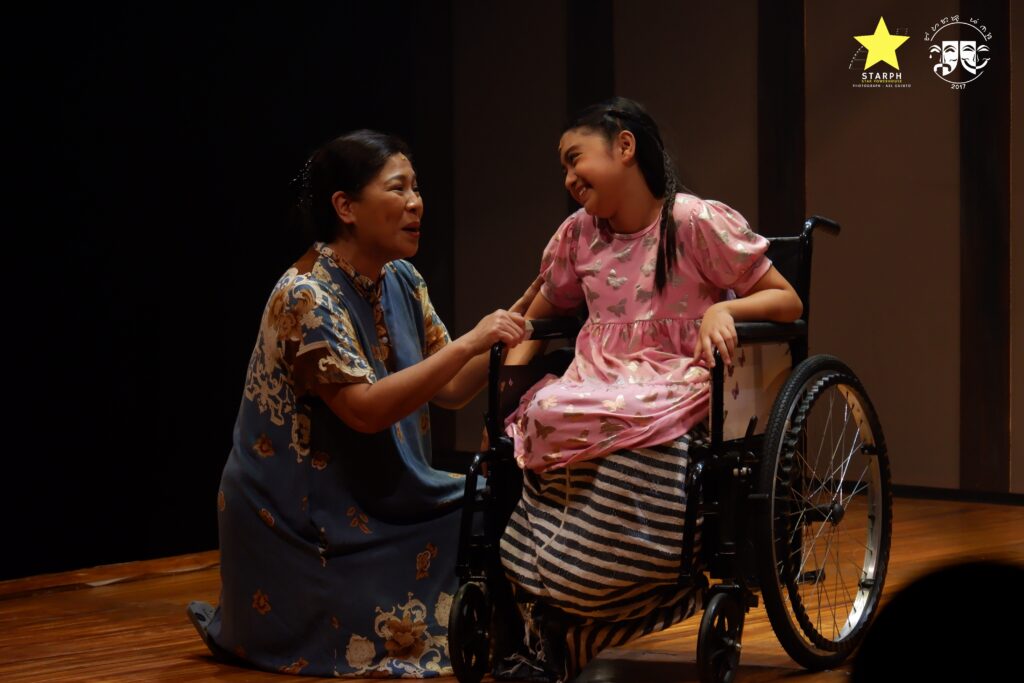
The scene dialogue is familiar to Filipino millennials, where it sounds like the local children television show on science (Sineskwela), history (Bayani), and values (Hiraya Manawari) in the 1990s. The singing is a mixture of lengthy sadness and consequent upliftment.
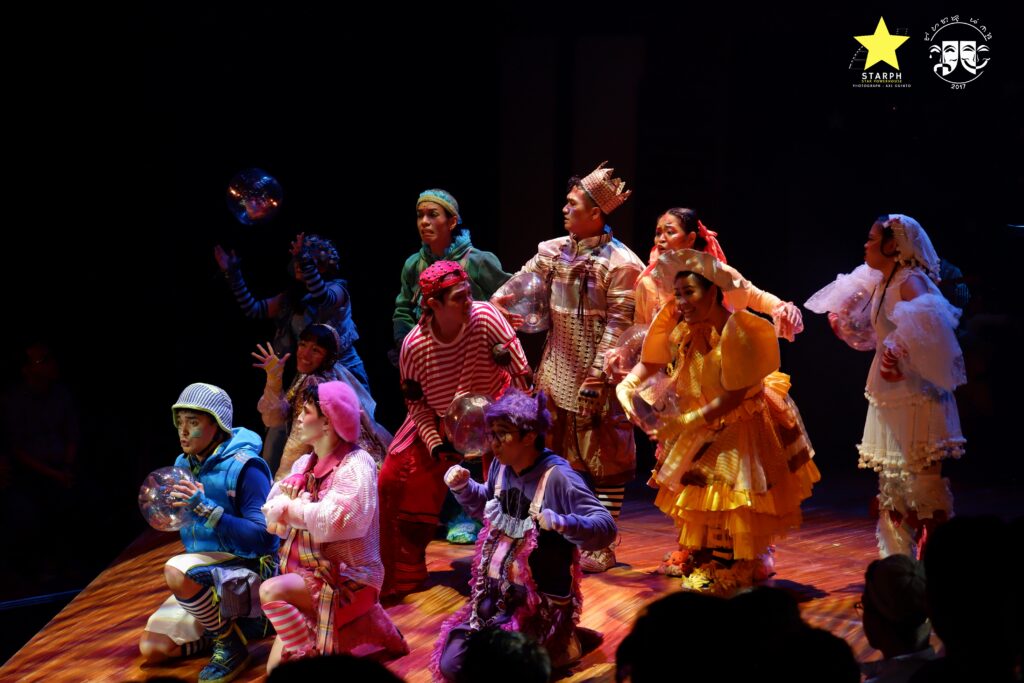
Audiences get challenged to be uplifted with the songs after moments of sulking with the daughter’s sentiment in the earlier scenes. It was an emotional series altogether. The adult lead characters, namely the father, and the fairy evidently did well with enlightening song renditions. It was overall a good attempt to tell stories on disabilities. Globally, there could be more shows with these themes. The whole idea of responding to disabilities is definitely commendable.
The nature of the show based on a children’s book was even more emphasized in theater format. Some scenes are for pre-teens, some are for younger audiences ten years old and below, some can blend for a wider audience. Having a character that grew up to pre-teens, this story can be appreciated by a similar audience especially undergoing a related difficult position. In many contexts, the animated characters can symbolize the thoughts of children outgrowing a phase in life, which can include the difficult phase as well. The animated characters become memories after the child grows up. I note here also that Dr. Gatmaitan mentioned in his book how a friend he credited also influenced how the story ended. It was a carefully thought ending. It is a nice story to comfort children at the age of conscience or the time they realize how society notices the disadvantages or advantage one has. Similarly, the show can attract parents or family members in the care of another with disability.
The stage is well-designed with good lighting and full use of spaces at the far end of the stage. The changes of scenes were smooth enough one wondered in amazement when the set changed. The adult solo singers looked well as they walked down the stage. Down the stage, the performance had short interactive scenes with the audience suitable for children under ten-year-old, if not older with a sentimental position playing along. Some points that were a bit of a bother for audiences were occasionally unclear words from song accompaniments, characters turned back from the audience, and the crowded arrangement of the animated dozen shoes in the last scenes.
After the show, I bought a copy of the book to verify the story I may have missed. I missed noticing that there was a twelve-year difference in the scenes and only found out when I read the book. Then I realized maybe the stage setup could have shown the years transitioning. Reading the book felt more enlightening than the theater renditions. The book was quick to read while the theater made moments lengthier.
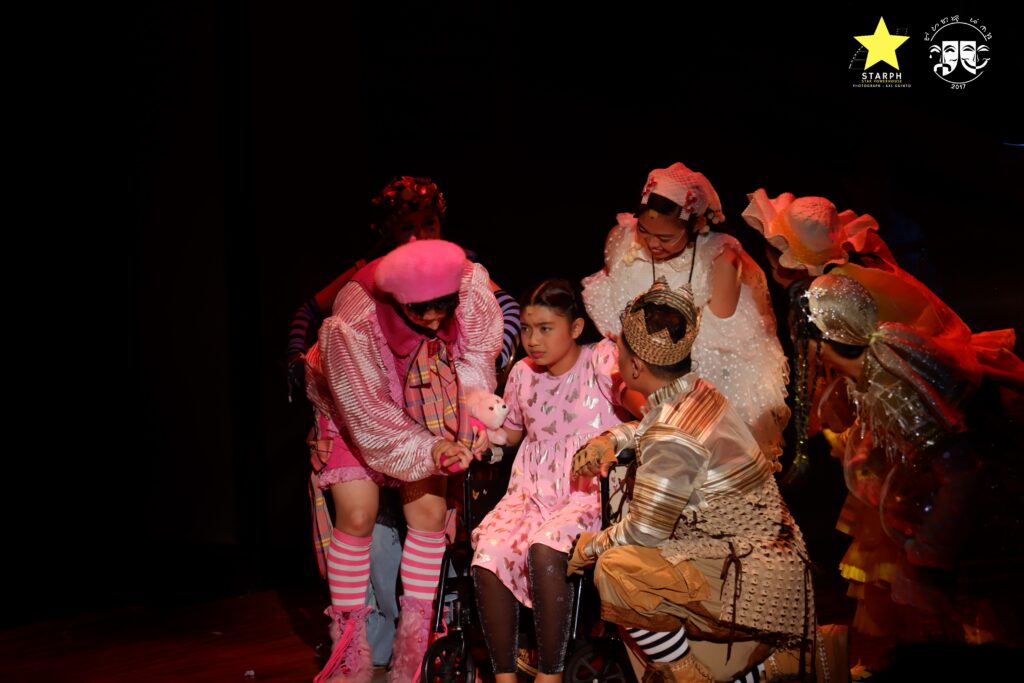
Occasionally, I watch shows geared for older children. I prefer a children’s show with empowering connections with the future to strengthen the youth as they move forward having a different condition than most. Shows help bring confidence to the viewers as they relate to the characters. Sandosenang Sapatos is a bit on the sulkier younger side than I would personally prefer though.
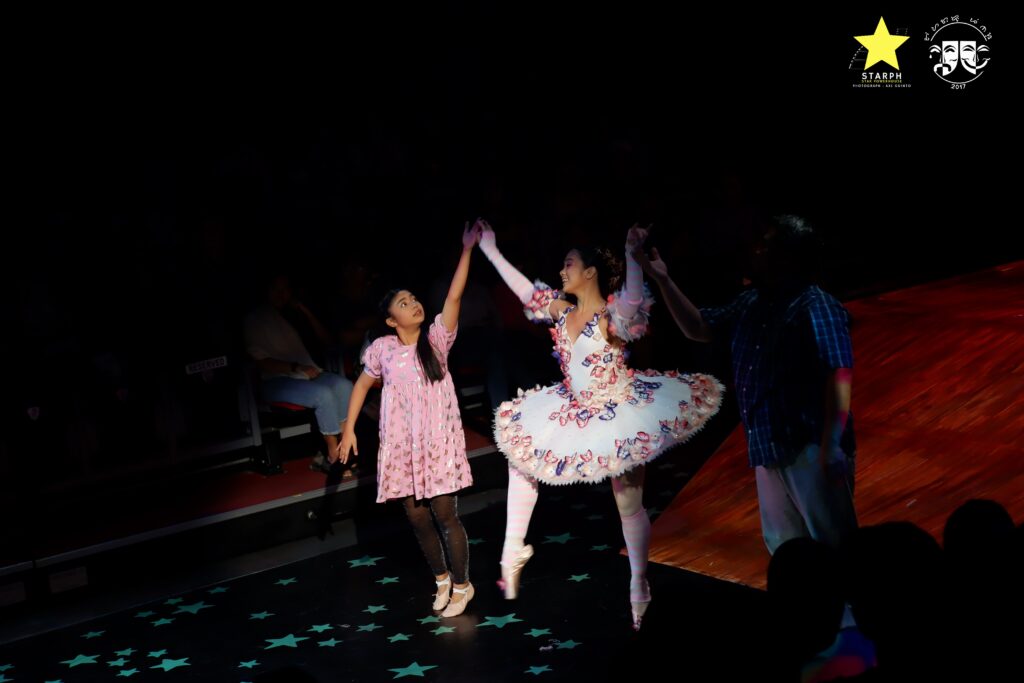
On the other hand, as part of the generation who, as an adult, participated in movements to support accessibility which includes enabling spaces for people with disabilities, it was interesting to learn about Dr. Gatmaitan’s works. I recommend the show for our compassionate families especially encountering the sentiments on disabilities.
Sandosenang Sapatos will run at CCP Black Box Theater/ Tanghalang Ignacio Jimenez until December 3, 2023.
Words : Abigail Ko
Photos : AXL Powerhouse Network

